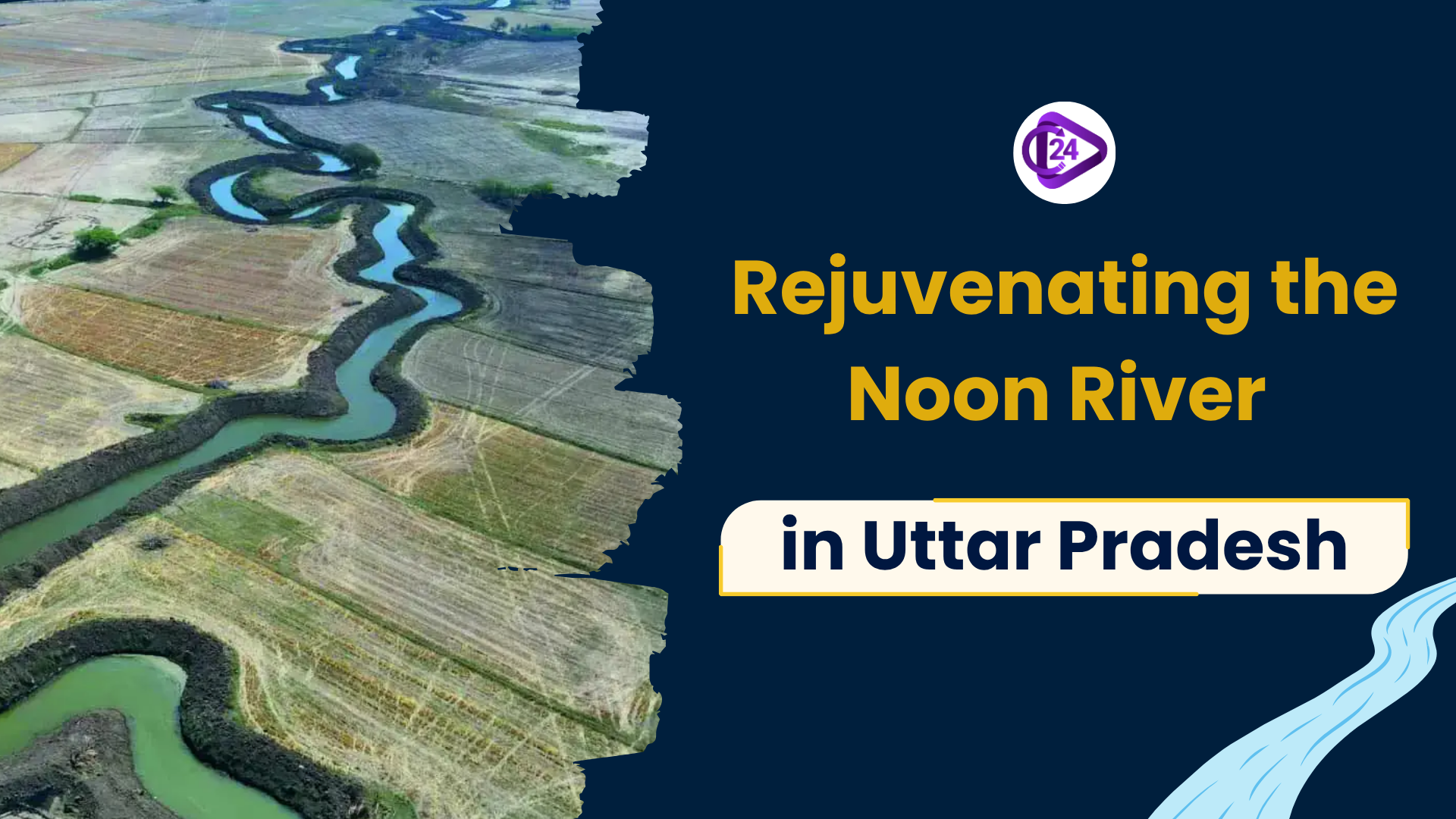
In one of the best instances of community-led restoration of an ecological landscape, the Noon River at the Kanpur district of the state of Uttar Pradesh has been revived, as part of a state-wide project of restoring life to the central valley of the district, under the state government project of One District, One River. The river (a length of 48.5 km) was clogged with water hyacinth, construction and industrial wastes. The flow of the river has been re-established in 34 gram panchayats through drone mapping, satellite survey and community labour through MGNREGA. The initiative by the officials, as well as the population of the village, enhanced access to irrigation and recovery of interest in rural employment schemes. It has now become an example of an integrated, sustainable water management.
Context:
-
Project: the project of the Government of Uttar Pradesh One District, One River (introduced following Saryu Mahotsav 2025).
-
District: Uttar Pradesh, Kanpur
-
River: Noon River (48.5 km; source: Kanhaiya Lake at Rampur Narua; confluence with the Ganga at Bithoor)
-
Project Duration: February 22 2025 to July 2025
Scientific and Technological Instruments Applied:
-
Drone mapping and satellite imagery (maps that are above 40 years of age)
-
Technical aid of:
-
Remote Sensing Application Centre, Lucknow pp
-
BBAU, IIT-Kanpur, BHU, National Institute of Hydrology (Roorkee)
-
Finding of dry and blocked areas
-
Delineation of rivers basin and floodplain
-
Community Participation:
-
Through Gram panchayats, officials and villagers were involved through:
-
Shramdaan (voluntary work)
-
The MGNREGA (more than 1, 700 man-days in Rampur Narua, alone)
-
Slogans such as: Female local rank-and-file organization Women led local mobilisations Women led local mobilizations
-
Were gathered round together In one big ring, Hum sabne milke thana hai, Noon nadi ko fir se jeewant karaana hai
Rejuvenation Activities:
-
Eranging jal kumbhi (water hyacinth)
-
Removal of boulders, construction material and debris
-
Encroachment and disposal of industrial waste (CSR money being spent on heavy machinery)
-
Institute of small check dams
-
Establishment of patches of vegetation through the Forest Dept assistance
Cost & Employment:
-
Spending: 1.22 crores (mission on MGNREGA wages)
-
Resurgent rural employment: increase in work days to 1,760 as against 1,200 in the recent past.
Environmental & Socio-economic Impact:
|
Area |
Impact |
|
Irrigation |
Improved access to surface water; reduced dependency on borewell pumps |
|
Flood Mitigation |
Reduced seasonal overflow into farmland |
|
Biodiversity |
Restoration of aquatic habitat and native vegetation |
|
Rural Livelihoods |
Employment via MGNREGA; cost savings in irrigation |
Wider State-Scores:
-
An almost 50 rivers came back to life in Uttar Pradesh
-
Rivers that were earlier on referred to as nallahs being rediscovered
-
Cross-sectional planning: Forest, Irrigation, Panchayati Raj, Horticulture etc.
-
Case: Kukrail (Lucknow) and Sarain (Sitapur) got new life after some decades
Conclusion
The Noon River scheme illustrates the strength of the collective effort of water management involving the community in India as a rural setting. It integrates the past, the present science and employment programs such as MGNREGA to have lasting results. These are priorities in fighting water scarcity and flood as well as defeating rural economic setbacks and go along with SDGs 6 (Clean Water), 13 (Climate Action) and 15 (Life on Land).



 Guru Nanak Jayanti 2025 Date Importance History and Celebration Guide
Guru Nanak Jayanti 2025 Date Importance History and Celebration Guide PM Modi to Inaugurate India’s First Digital Tribal Freedom Fighters Museum in Naya Raipur
PM Modi to Inaugurate India’s First Digital Tribal Freedom Fighters Museum in Naya Raipur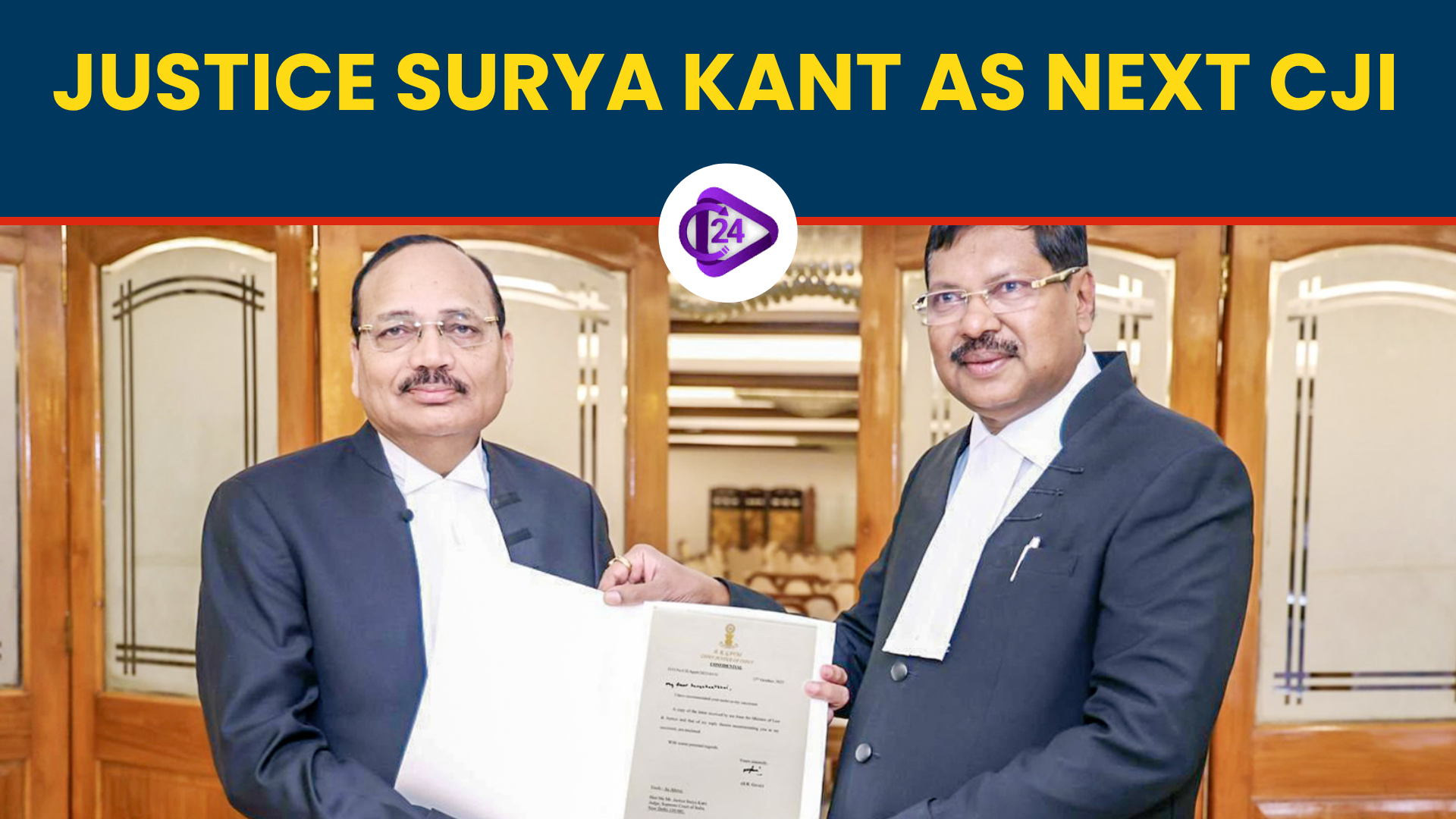 President Appoints Justice Surya Kant as the 53rd Chief Justice of India
President Appoints Justice Surya Kant as the 53rd Chief Justice of India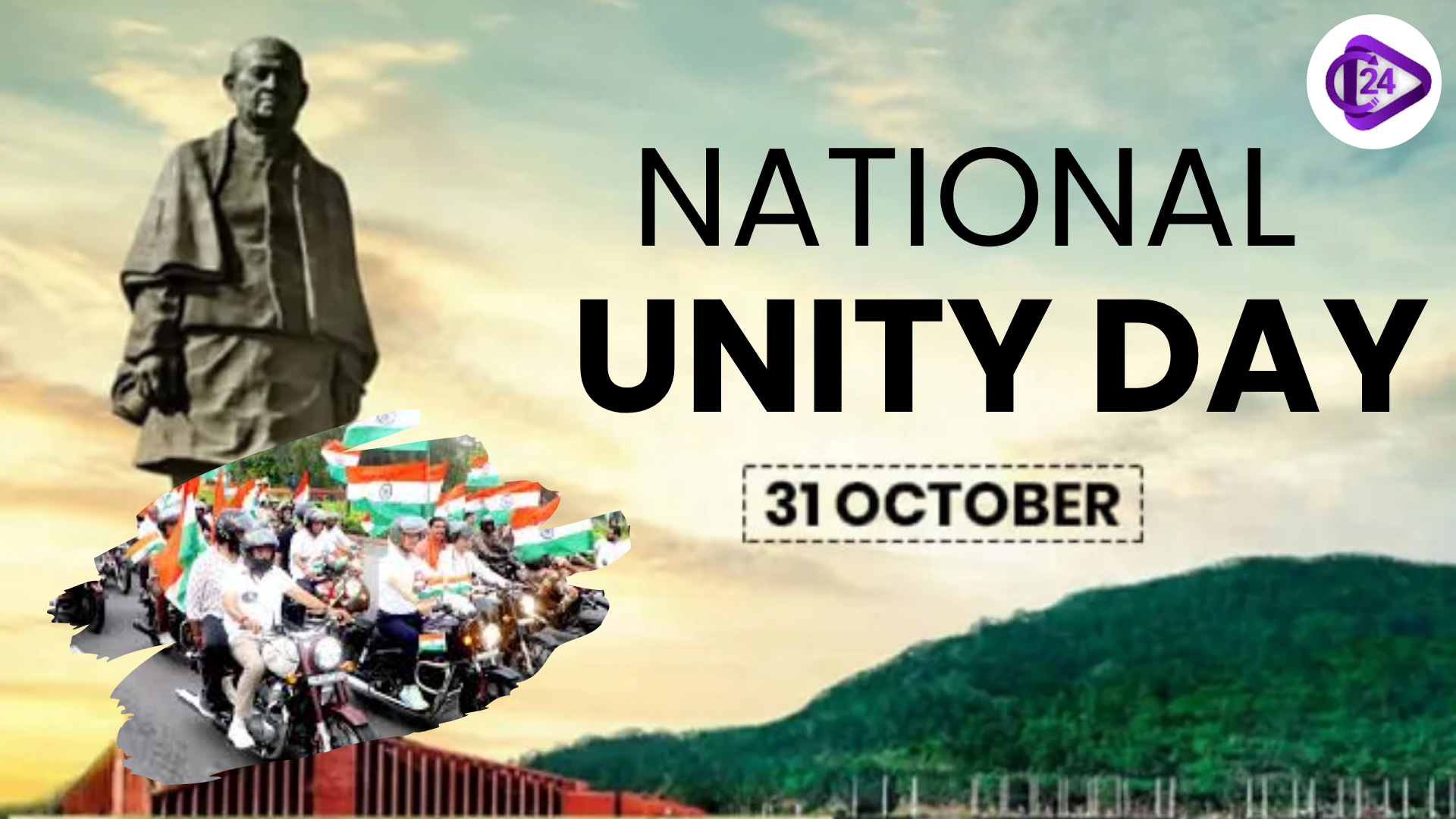 150th Birth Anniversary of Sardar Vallabhbhai Patel: India Celebrates National Unity Day 2025
150th Birth Anniversary of Sardar Vallabhbhai Patel: India Celebrates National Unity Day 2025 Ministry of Coal Launches Koyla Shakti Smart Analytics Dashboard
Ministry of Coal Launches Koyla Shakti Smart Analytics Dashboard Droupadi Murmu Becomes First Indian President to Fly in Rafale
Droupadi Murmu Becomes First Indian President to Fly in Rafale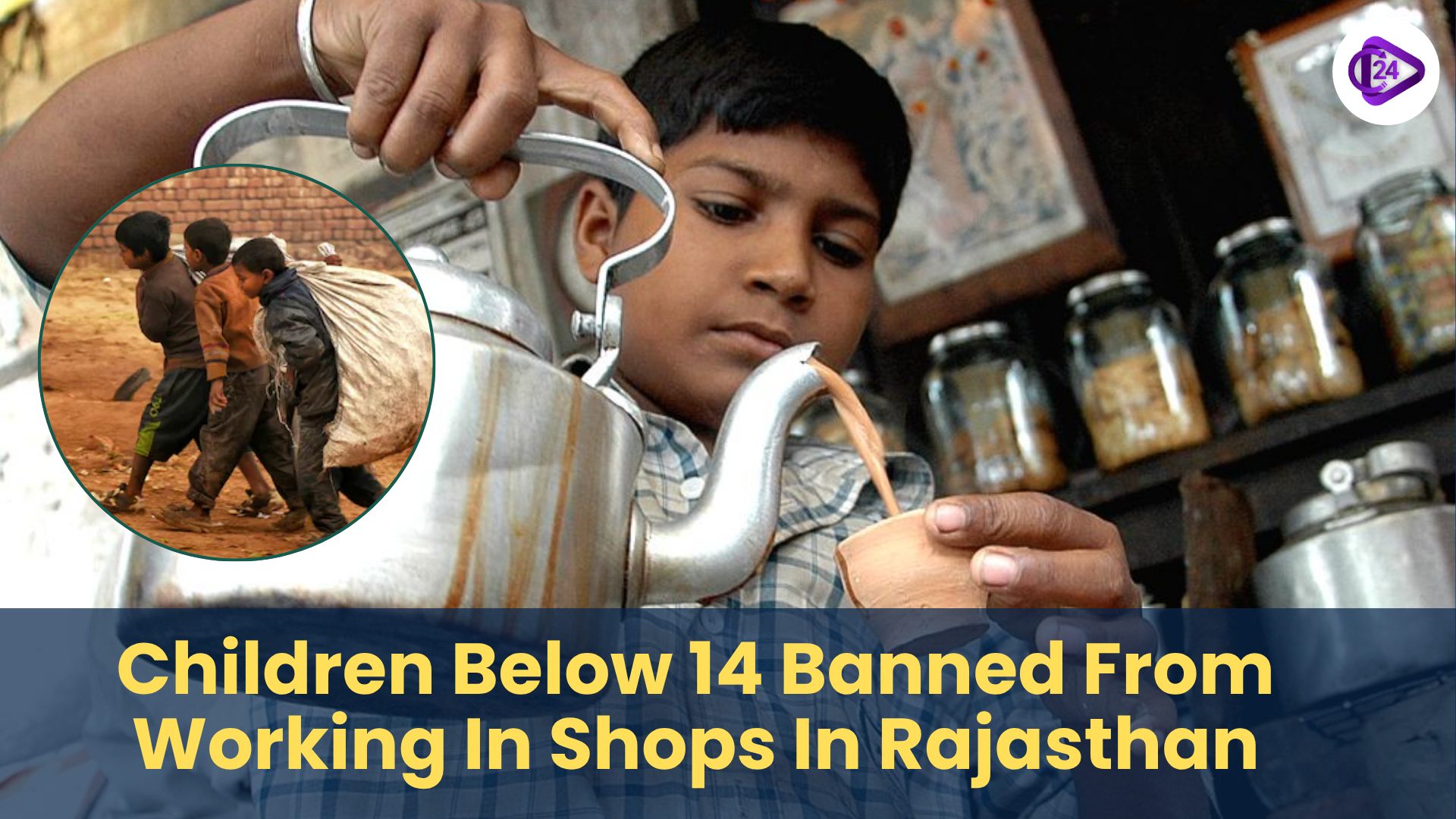 Rajasthan Bans Employment of Children Below 14 in Shops and Commercial Establishments
Rajasthan Bans Employment of Children Below 14 in Shops and Commercial Establishments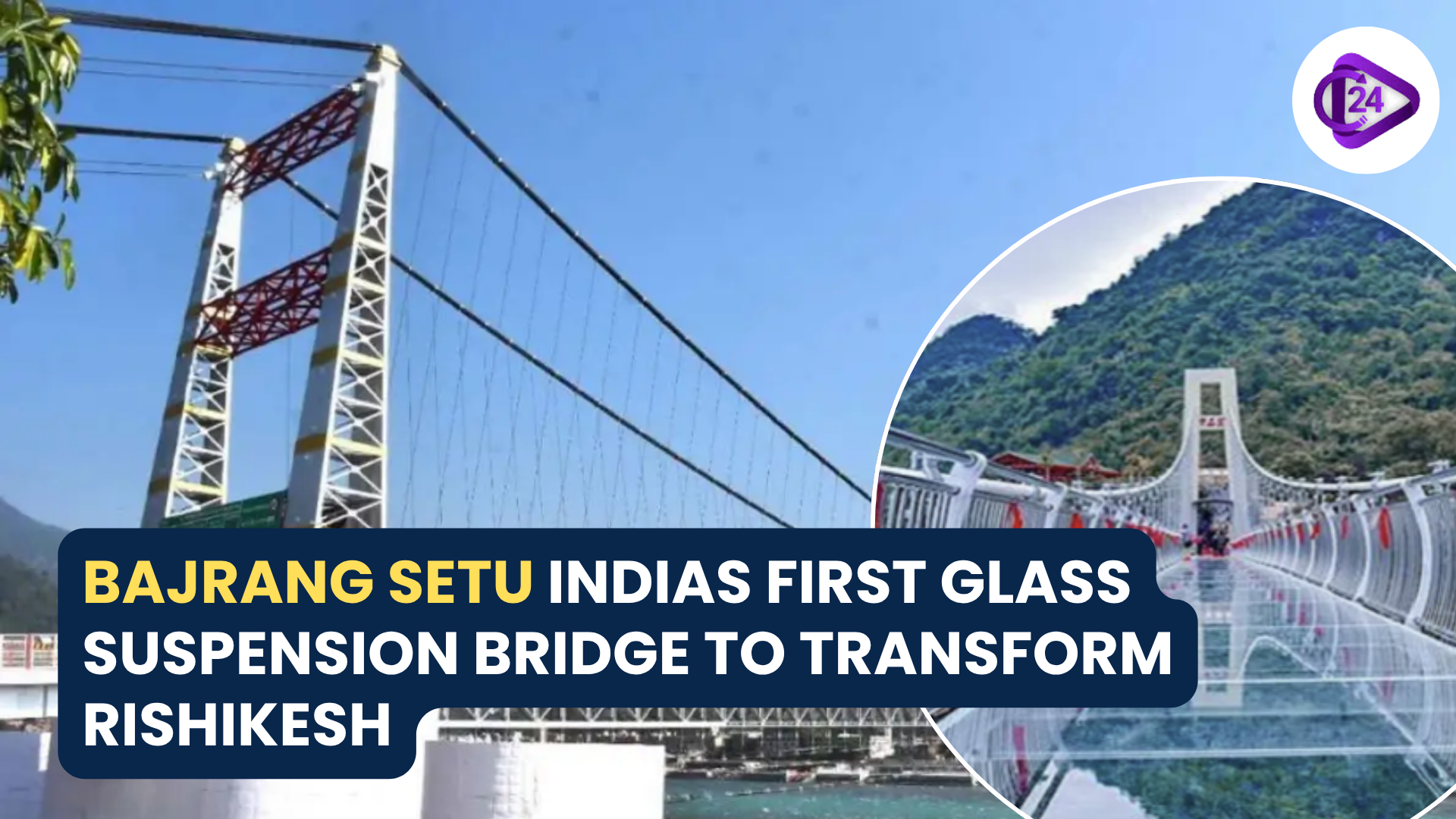 India's First Glass Suspension Bridge, Bajrang Setu, Will Redefine Rishikesh Tourism by 2025
India's First Glass Suspension Bridge, Bajrang Setu, Will Redefine Rishikesh Tourism by 2025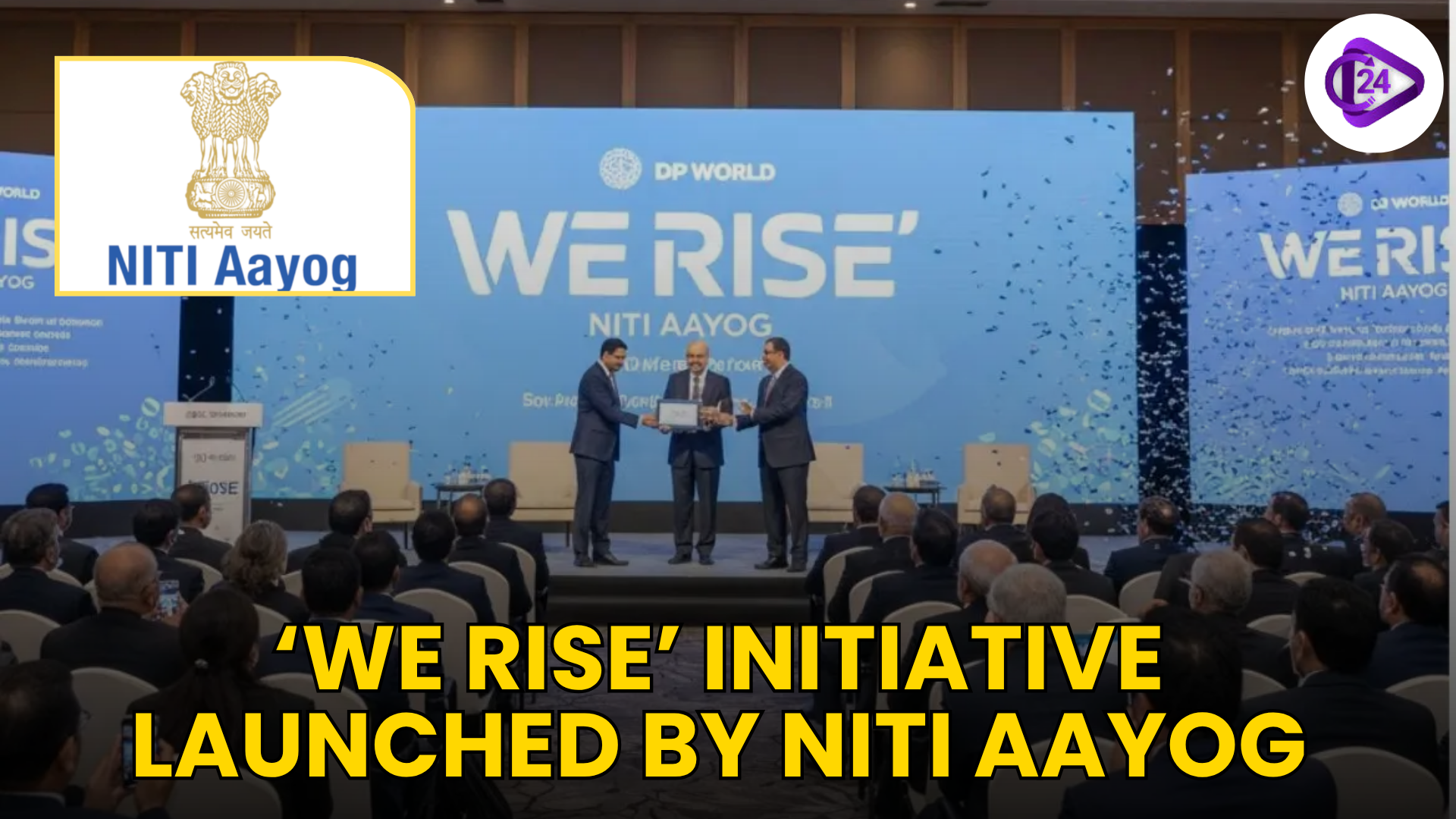 NITI Aayog’s ‘We Rise’ Empowers Women Entrepreneurs
NITI Aayog’s ‘We Rise’ Empowers Women Entrepreneurs Harsh Sanghavi Appointed Gujarat Deputy Chief Minister in Major Cabinet Reshuffle
Harsh Sanghavi Appointed Gujarat Deputy Chief Minister in Major Cabinet Reshuffle






